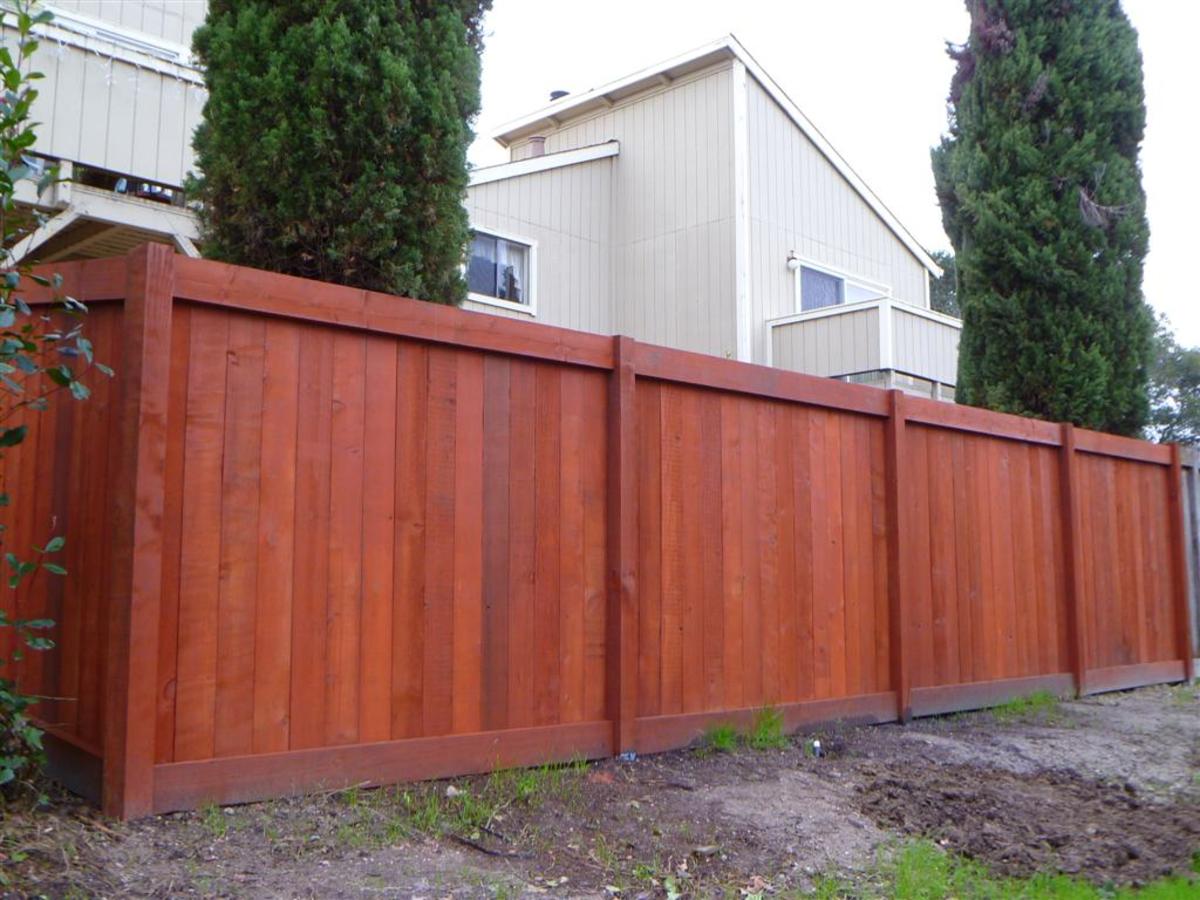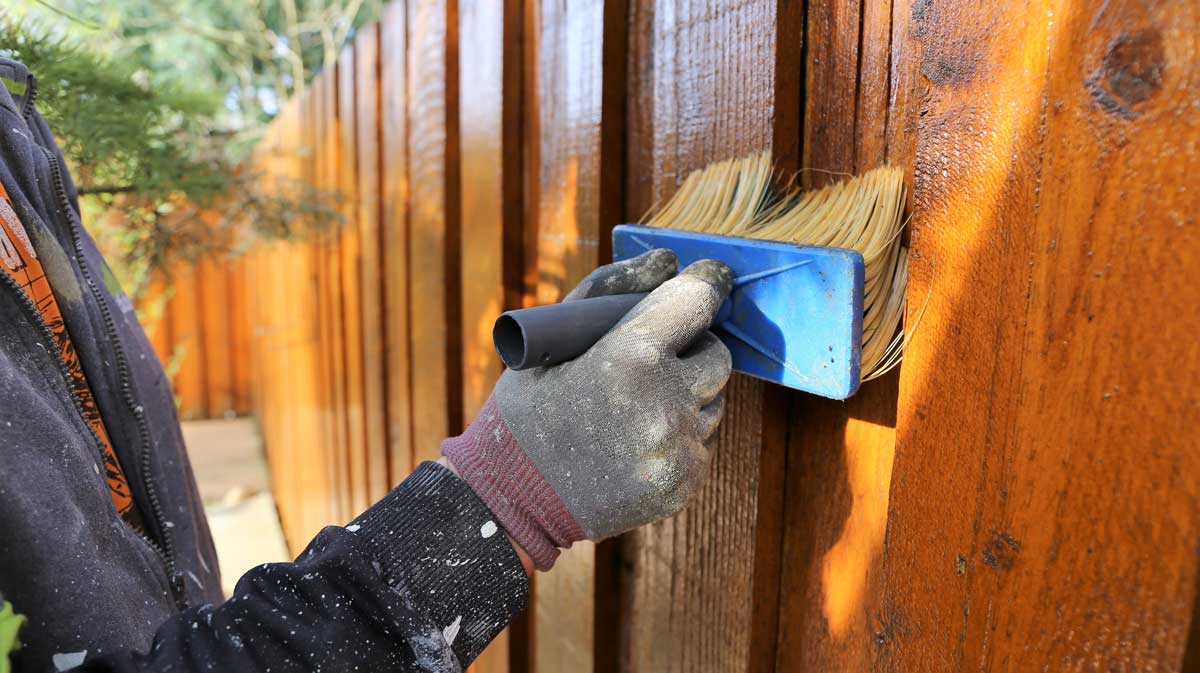How to Accomplish Professional Results With Deck Staining
The process of changing an aging deck right into a rejuvenated outside area needs a lot more than just a layer of tarnish; it requires a systematic technique and attention to detail. From picking the suitable tarnish for your deck's wood type to mastering the application technique, each step plays an important function in the last end result.
Selecting the Right Spot
Selecting the proper tarnish for your deck is a critical choice that considerably influences the total appearance and longevity of the finish. When selecting a tarnish for your deck, it is important to take into consideration both the visual choices and the useful elements of the product. The very first factor to consider is whether you choose a transparent, semi-transparent, or strong color discolor. Transparent spots permit the natural elegance of the timber to show via but use less UV defense. Semi-transparent stains supply a concession in between color and timber grain exposure while offering modest UV defense. Solid shade spots, on the other hand, supply one of the most UV defense and provide a large range of shade choices yet will totally conceal the timber grain.

Furthermore, consider the type of wood your deck is made of, as different stains are formulated to work best with specific timber kinds. Understanding the level of maintenance you want to commit to is additionally critical, as some discolorations may call for even more regular reapplication than others. By meticulously considering these variables, you can select a tarnish that not only improves the appearance of your deck yet additionally protects it for several years to come.
Preparing the Deck Surface Area
When thinking about deck staining, the first action in the direction of achieving specialist results involves thoroughly preparing the deck surface area. Properly preparing the deck surface is important as it guarantees that the stain adheres well and provides durable protection to the timber. The first job in preparing the deck surface is cleansing. Make use of a pressure washing machine or a deck cleaner to remove dust, mildew, and old discolorations (concrete sealing near me). Permit the deck to dry entirely before continuing to the following step.
Fining sand the deck surface area is also important to smooth out any kind of harsh locations and open up the wood pores for better discolor penetration. Use a medium-grit sandpaper to sand the deck in the instructions of the wood grain.
Lastly, shield any kind of close-by plants, furnishings, or surfaces from prospective damages by covering them with plastic sheet or ground cloth. Taking the time to extensively prepare the deck surface establishes the foundation for an find here effective discoloration task and makes certain professional-looking outcomes.
Using the Stain
To accomplish an expert coating when discoloring a deck, thorough application of the tarnish is vital. Apply the discolor equally, complying with the timber's grain to enhance the deck's all-natural beauty. By applying the tarnish thoroughly, you'll accomplish a professional-looking finish that boosts both the appearance and longevity of your deck.
Guaranteeing Correct Drying Time
Making certain ample drying out time post-staining is important to the total success of the deck task, as it permits the tarnish to effectively establish and bond with the timber surface. Rushing this stage can lead to a range of problems, including irregular coloring, poor attachment, and a much shorter lifespan for the coating. The drying out time needed can differ based upon aspects such as the sort of discolor made use of, climate problems, and the porosity of the timber. As a basic standard, a lot of deck stains will need at the very least 24-48 hours to dry try this out fully.
Throughout this drying out period, it is vital to keep the deck surface complimentary from any type of foot website traffic, furniture, or other objects that might disrupt the finish. Taking the time to make certain detailed drying will certainly add substantially to the long life and appearance of your tarnished deck.
Keeping Your Tainted Deck
Correct upkeep of a stained deck is essential for maintaining the honesty and appearance of the finish attained through extensive drying out. To preserve your discolored deck properly, normal cleansing is critical.

Conclusion
In conclusion, achieving specialist results with deck discoloration entails picking the ideal tarnish, properly preparing the deck surface, using the discolor click this evenly and continually, allowing for sufficient drying time, and keeping the tarnished deck on a regular basis. By following these actions carefully and diligently, you can ensure a perfectly tarnished deck that enhances the appearance and durability of your outdoor room.

Correct upkeep of a stained deck is necessary for preserving the stability and appearance of the surface attained through comprehensive drying out.